Design specification of relay
Above we talked about how to select relays that have been produced in batch and stably. If there is no variety and specification suitable for the requirements of the whole machine in the produced relay, it is necessary to put forward the design specification to the relay manufacturer for new product design.
The design specification of electromagnetic relay generally includes:
1. Control circuit parameters: control power type (AC or DC), working state (coil is in long-term, short-term or pulse working state), pickup value, rated value, release value, etc.
2. Controlled circuit parameters: load type (DC or AC: resistive, inductive or other), load size (closed-circuit current, open circuit voltage or opening power size and change range), contact group number and form.
3. Use environment conditions: limit temperature, relative humidity, air pressure, vibration conditions, impact conditions, centrifugal conditions, use environment atmosphere (refer to some special conditions), etc.
4. Service life requirements: generally, the service life and storage life requirements shall be stated, and the service life can be divided into normal conditions and limit or special conditions.
5. Boundary dimension, weight and installation dimension requirements.
For relays with failure rate index requirements, in addition to the reliability of failure rate index, it is also necessary to propose screening items and screening requirements, monitoring level of life test, monitoring delay, failure criteria, etc. When necessary, it is necessary to put forward the requirements of reliability and quality assurance for relay manufacturers and the provisions of some special test methods.
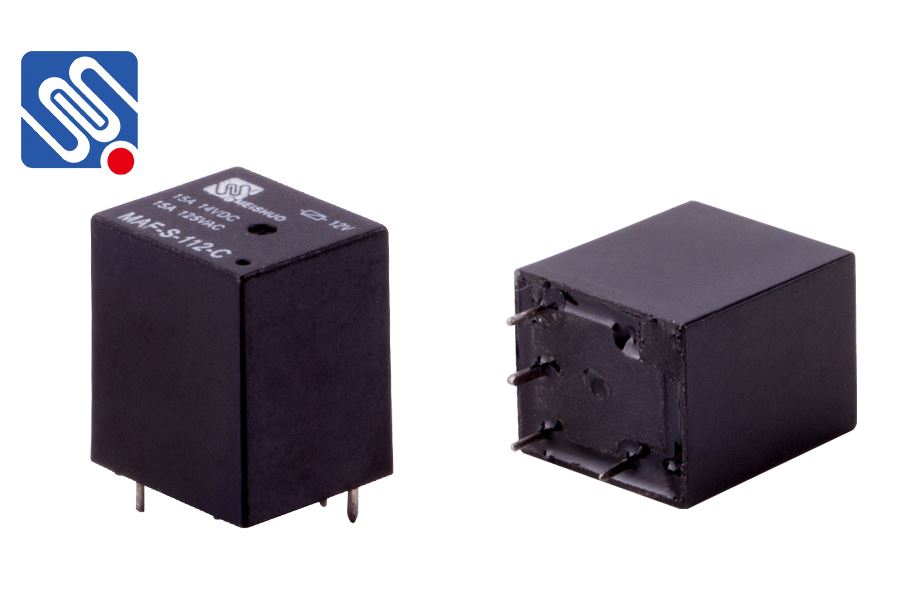



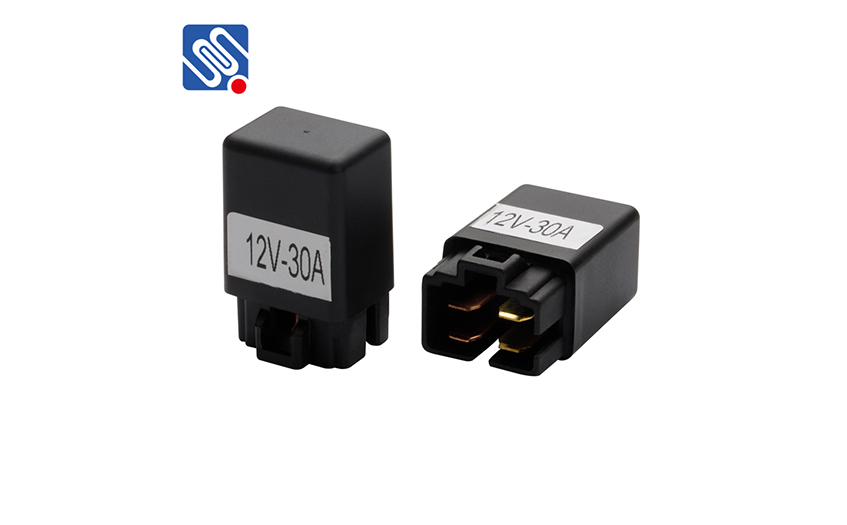
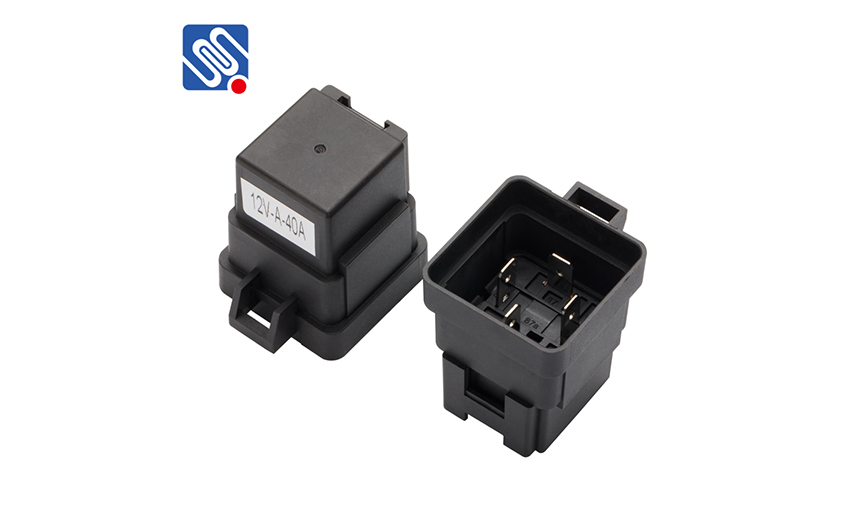
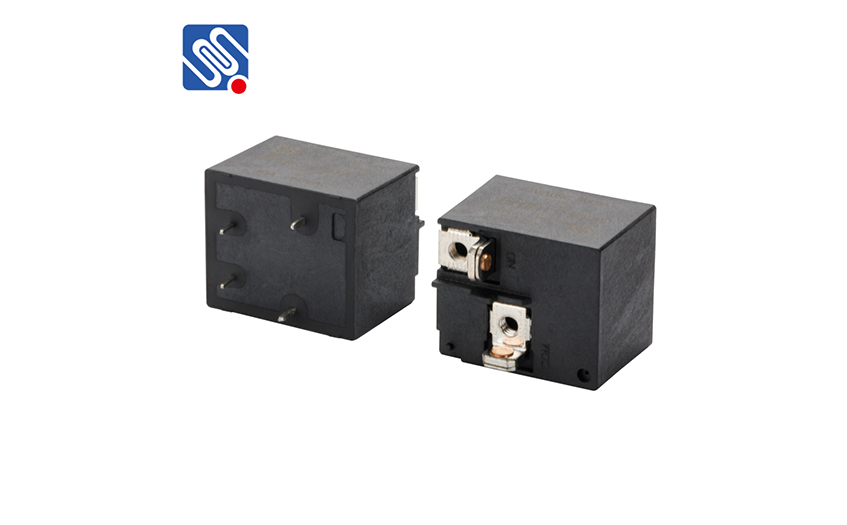
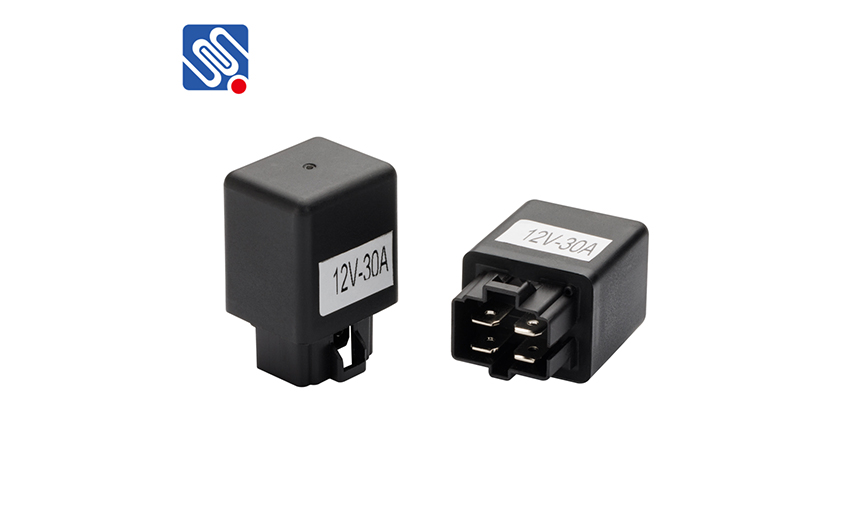
 selena
selena  sales@msrelay.com
sales@msrelay.com 13968707033
13968707033
 +86-577-62518811
+86-577-62518811





